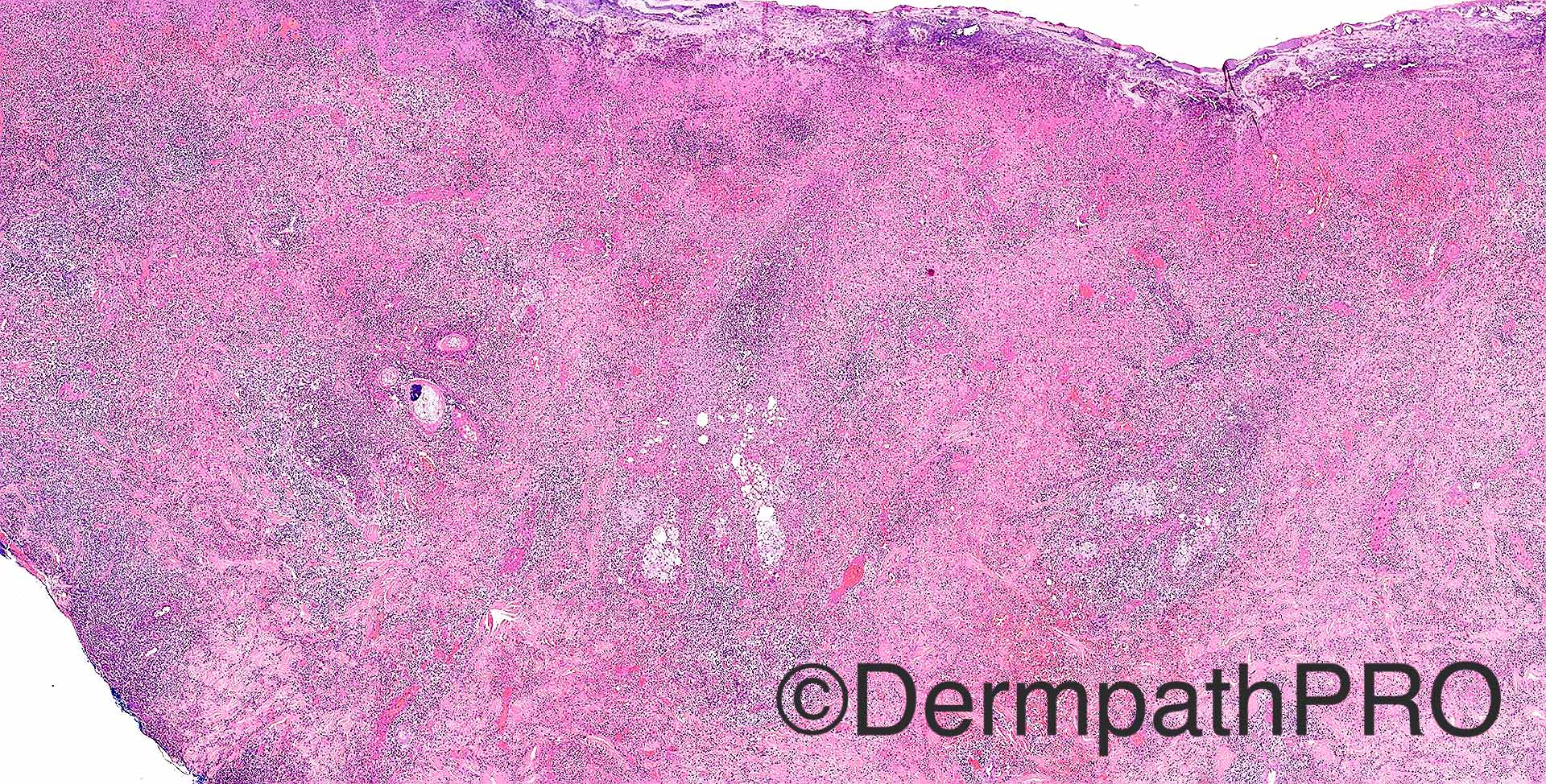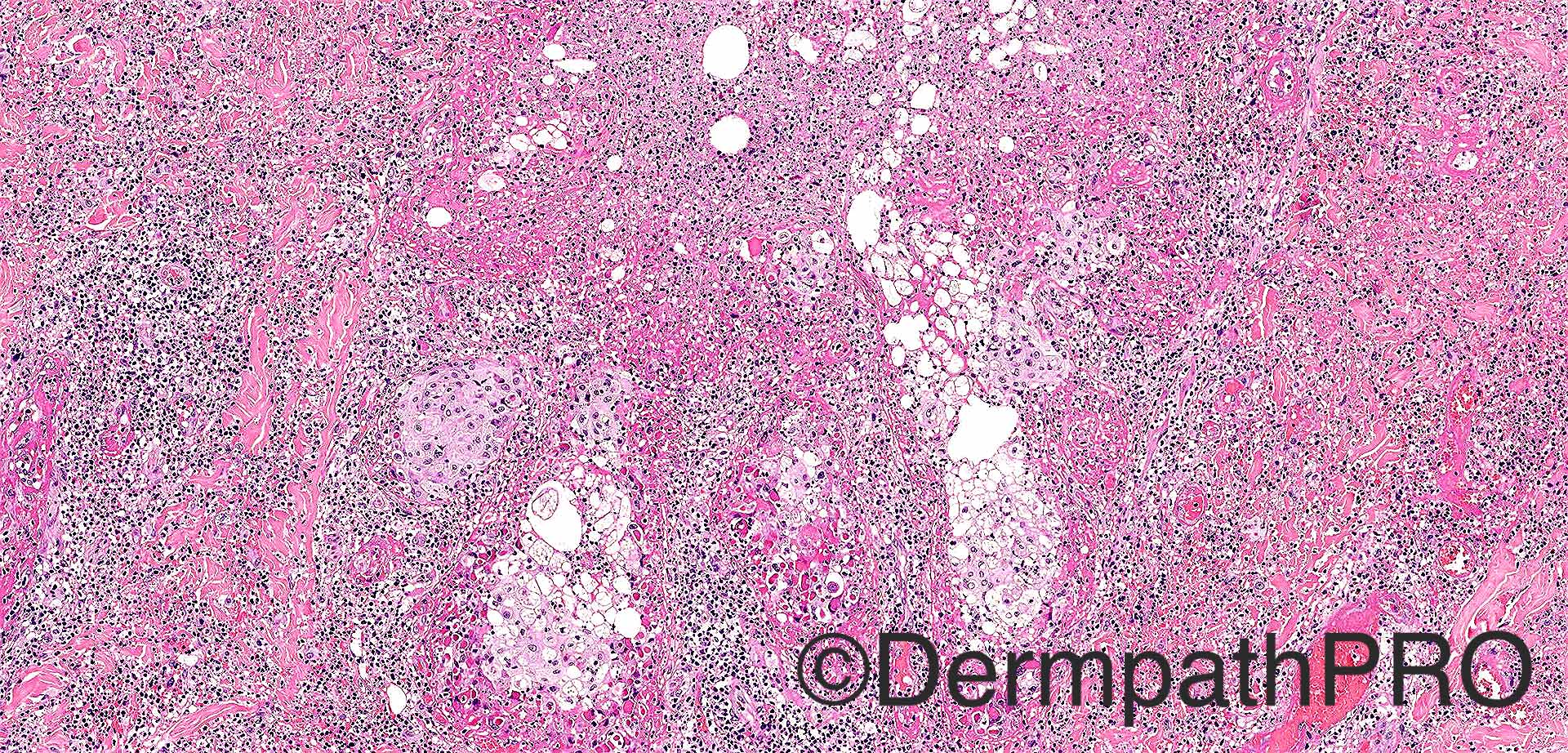-
 1
1
Case Number : Case 1486- 04 March Posted By: Guest
Please read the clinical history and view the images by clicking on them before you proffer your diagnosis.
Submitted Date :
Case History: F30. Lesion chest wall, 2/52 tender & swollen. 12 to 14 weeks pregnant. Case c/o Dr Rand Hawari
Case posted by Dr Richard Carr
Case posted by Dr Richard Carr





Join the conversation
You can post now and register later. If you have an account, sign in now to post with your account.